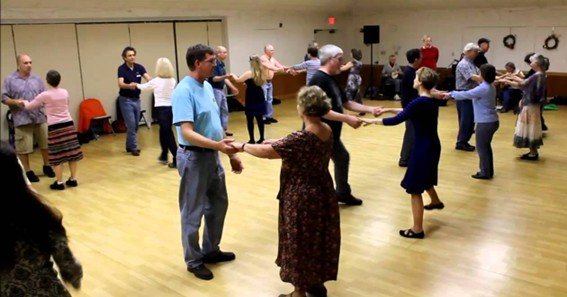When was the balck nag dance with me? Despite the slight misspelling, this question points us to the famous English country dance known as “The Black Nag.” Historically, it first appeared in John Playford’s The English Dancing Master in 1651. As one of the most iconic tunes and choreographies from that era, The Black Nag has endured for centuries, delighting dancers and folk enthusiasts with its spirited music and steps.
A Brief History of “The Black Nag”
- Publication in The English Dancing Master
- First compiled and published by John Playford in 1651, The English Dancing Master contained instructions for over 100 English country dances, including The Black Nag.
- This publication played a significant role in preserving and popularizing folk dances of 17th-century England.
- Meaning Behind the Name
- The word “nag” historically referred to a horse; thus, “The Black Nag” literally translates to “The Black Horse.”
- Many English country dances of the period had playful or thematic names, often referencing animals, local customs, or comedic turns of phrase.
- Dance Steps and Style
- The Black Nag is typically danced in sets of three couples, moving in distinct patterns that include circles, lines, and partner changes.
- Its lively tempo and clear phrasing make it especially engaging for both novice and experienced folk dancers.
- Continued Popularity
- Over the centuries, folk ensembles and early music groups have continued to perform and teach The Black Nag.
- You can often find it featured at Renaissance fairs, historical dance workshops, English country dance events, and folk festivals.
When Was the Balck Nag Dance With Me?
Reiterating our focus keyword: When was the balck nag dance with me? Although spelled differently, the question refers to “The Black Nag,” which dates to 1651 in John Playford’s first edition of The English Dancing Master. Its longevity and enduring charm highlight the timeless appeal of English country dances in both historical and modern contexts.
Why It Continues to Captivate Dancers
- Historical Resonance: Stepping into a 17th-century dance transports participants back in time, offering a living link to England’s social customs.
- Accessibility: Many English country dances, including The Black Nag, use straightforward choreographies that dancers of various skill levels can enjoy.
- Communal Spirit: Social dancing fosters a sense of community and connection—a hallmark of folk traditions that persists in dance halls and festivals worldwide.
- Versatility: While it retains its classic structure, some groups experiment with modern instrumentation and style, breathing new life into an age-old favorite.
FAQs
- Who wrote The Black Nag?
The precise composer of the tune is unknown. It was collected and published by John Playford in 1651 in his volume The English Dancing Master. - Is The Black Nag hard to learn for beginners?
Not particularly. It’s considered accessible, especially when taught by an experienced caller or instructor at English country dance sessions. - Can The Black Nag be danced to modern music?
While traditionally danced to Baroque or folk-style music, some modern groups adapt it to contemporary tunes as a creative twist. - What instruments typically accompany The Black Nag?
Historically, fiddles, viols, or other 17th-century instruments provided the melody. In modern times, you might hear guitars, flutes, recorders, or even full folk ensembles. - Where can I find instructions or sheet music?
Many folk dance websites and music publishers offer versions of The Black Nag. You can also explore The English Dancing Master (facsimile editions exist online) for the original steps and musical notation. - Keep reading further down this article why-do-diesels-need-big-exhaust










